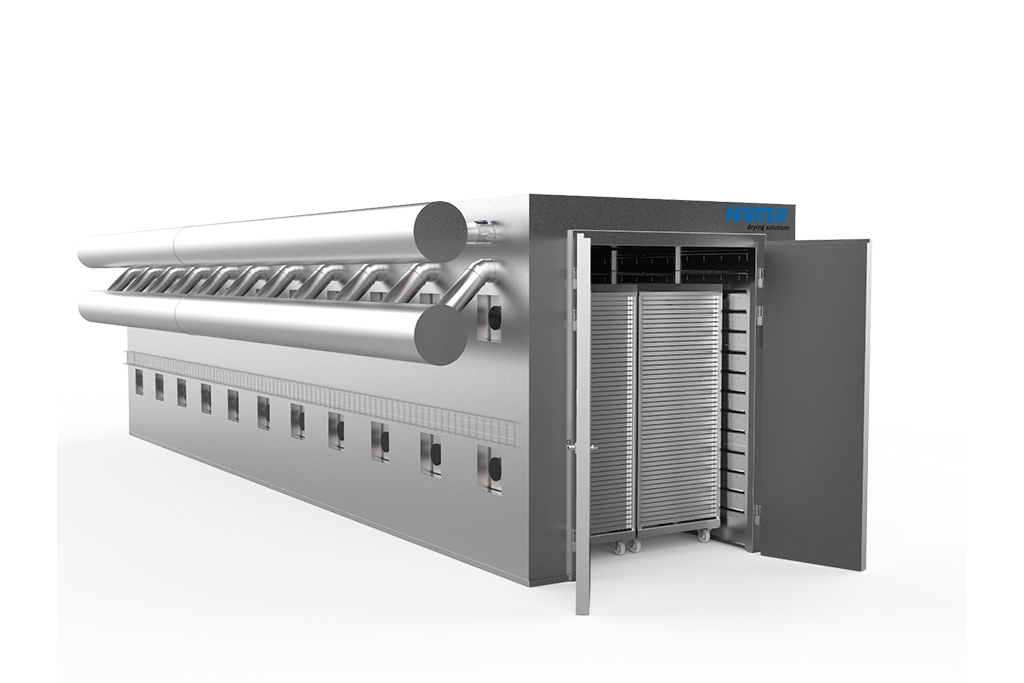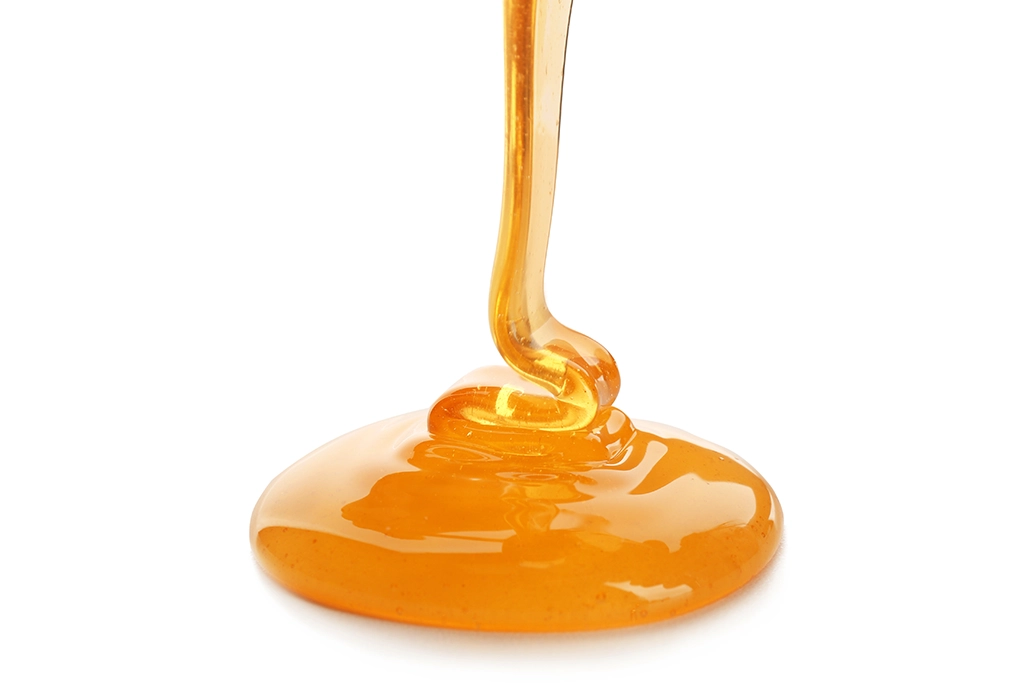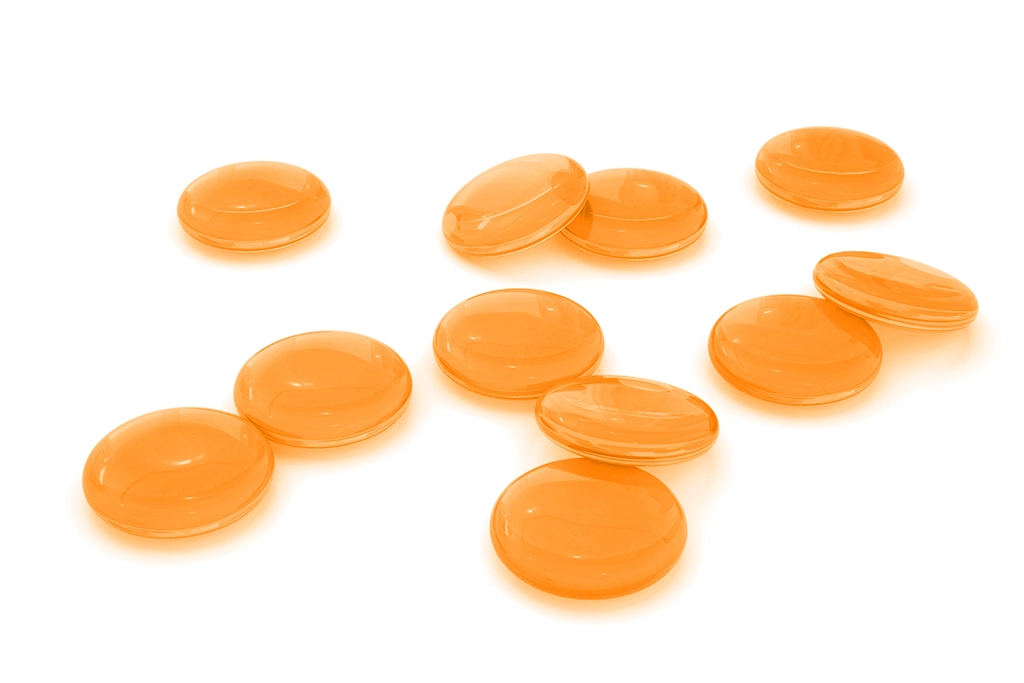Specific parameters are required to dry liquid jelly. When employed, they enable uniform dehumidification. Antiquated technology often implies critical aspects – such as supply and exhaust air, high energy consumption – let alone quality issues. Here is an example of a pharmaceutical manufacturer who introduced a drying method to place themselves well for the future.
We are talking about heat pump based condensation drying. The method has meanwhile been employed by manufacturers of throat lozenges and sweets, too. In fact, these applications are similar. It does not matter if the final product is a fruit gum or a throat lozenge. The starting material is always a liquid jelly which is filled into moulds. Subsequently, the mass requires clearly defined drying. A manufacturer of medicinal pastilles used a drying system that entailed very long drying periods and was highly susceptible to climatic impact. The jelly must not be dehumidified other than at low temperatures. So, it took a whole week for the jelly to dry in the moulds. This long period
was utterly unsatisfactory to the manufacturer.
Also, during this period, an employee had to watch changes in the weather and respond to such changes by altering dryer settings. The dryer intook ambient air. This process air showed humidities varying daily as a result of the weather, and this was a problem. Moreover, the company is located in an urban surrounding so that the ambient air is not completely clean. This required a filter system . The whole situation had long been intolerable. The pastille manufacturer wanted an up-to-date technology to advance toward the future.
Read the complete report here.



